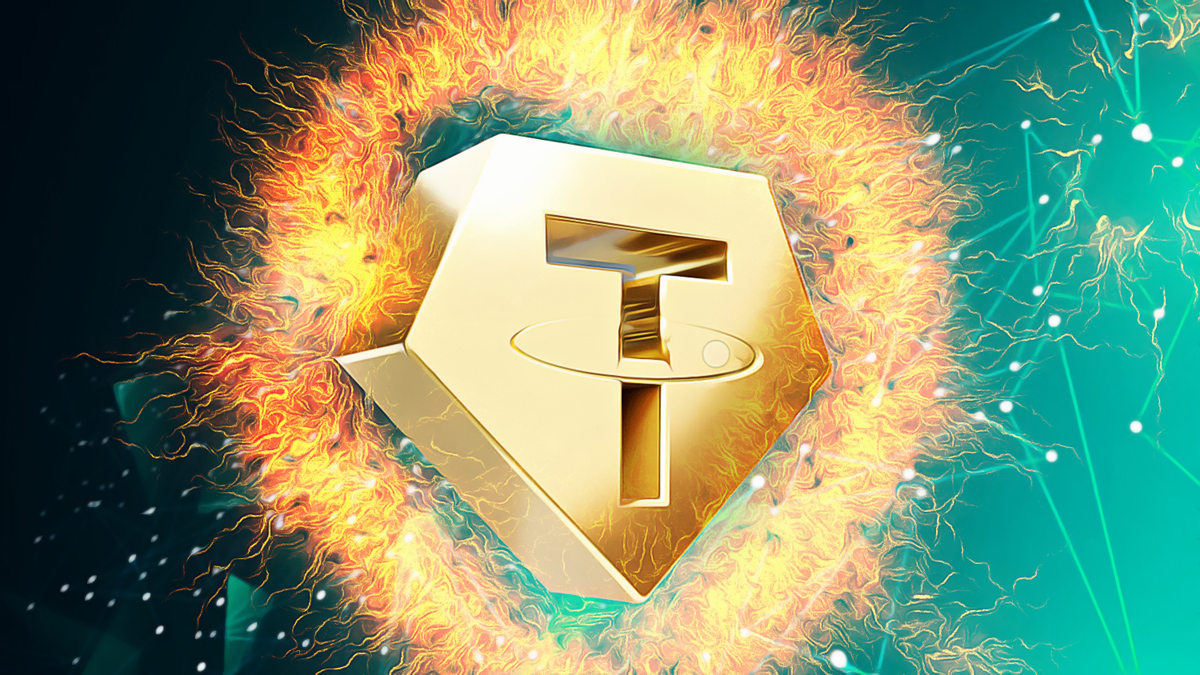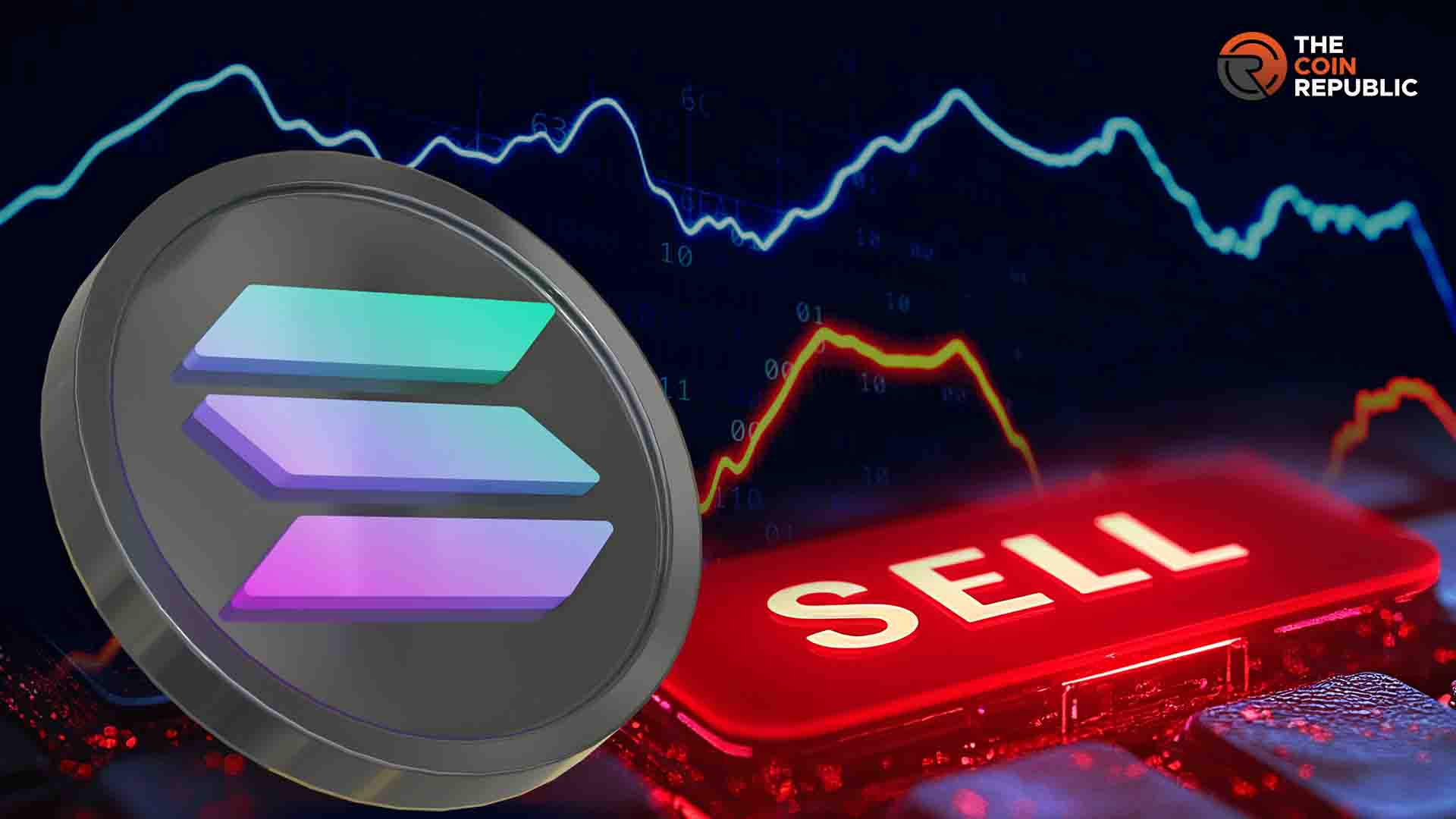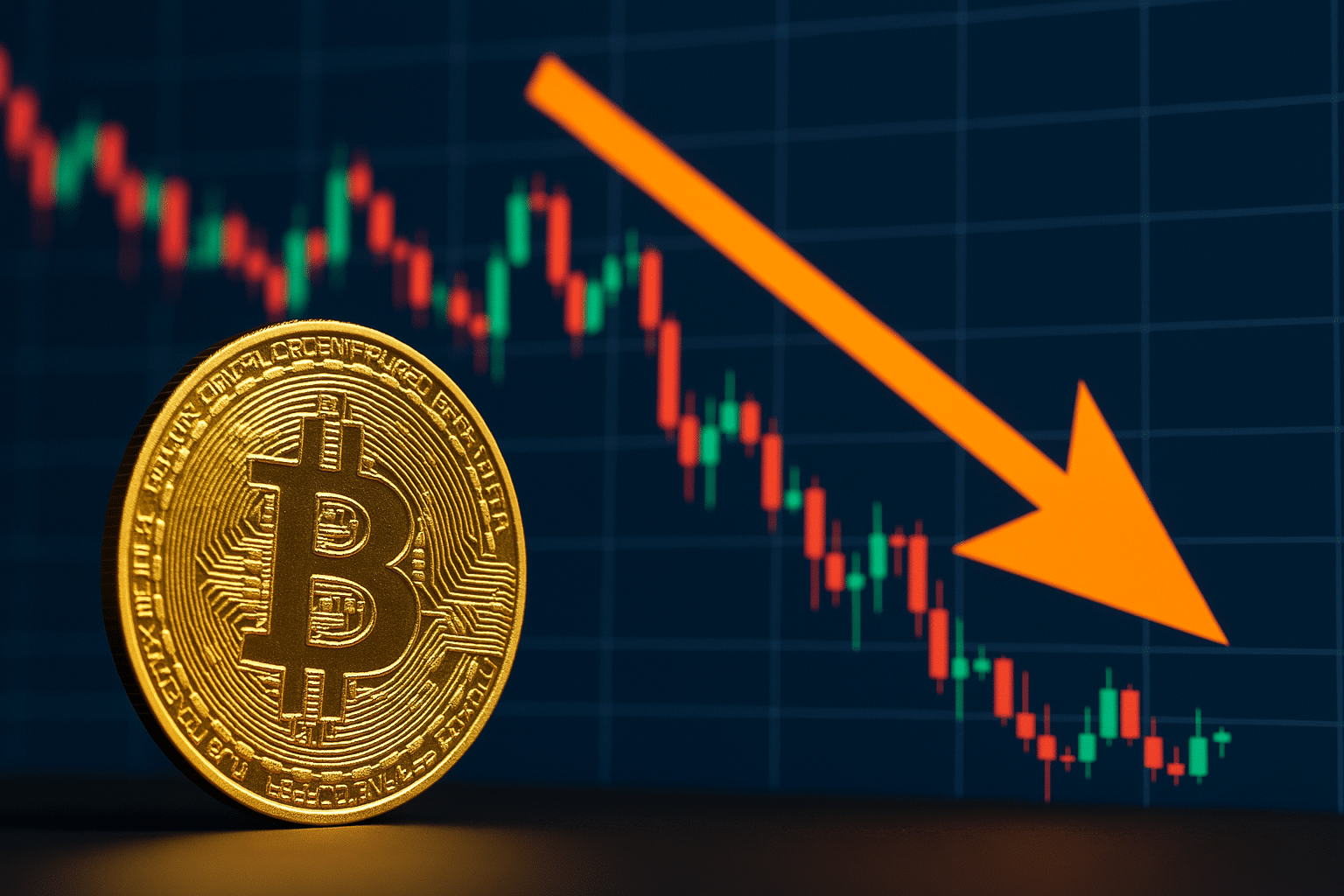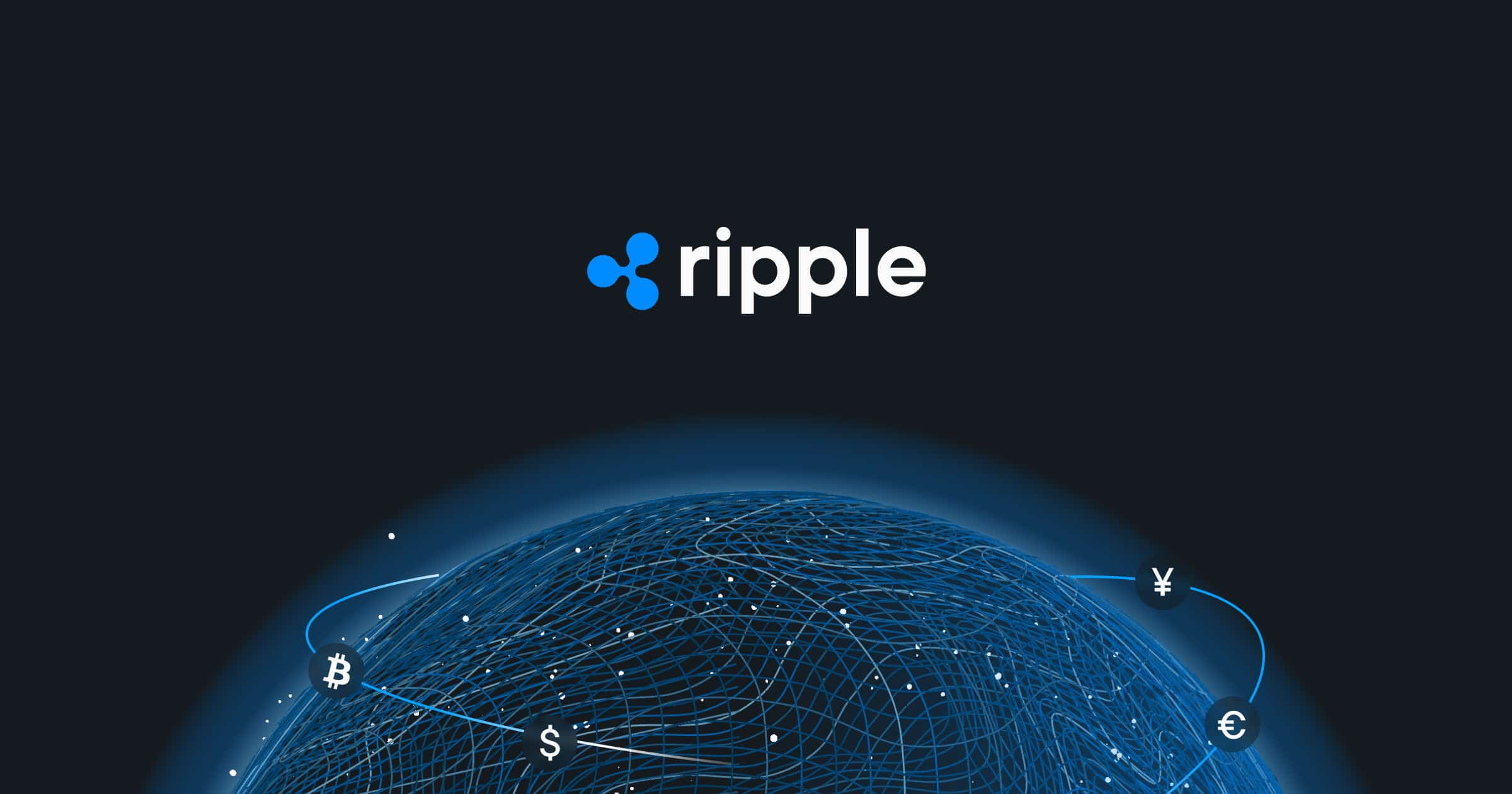 CaryptosHeadlines Media Has Launched Its Native Token CHT.
Airdrop Is Live For Everyone, Claim Instant 5000 CHT Tokens Worth Of $50 USDT.
Join the Airdrop at the official website,
CryptosHeadlinesToken.com
CaryptosHeadlines Media Has Launched Its Native Token CHT.
Airdrop Is Live For Everyone, Claim Instant 5000 CHT Tokens Worth Of $50 USDT.
Join the Airdrop at the official website,
CryptosHeadlinesToken.com

The Tron blockchain, in collaboration with stablecoin issuer Tether and blockchain intelligence firm TRM Labs, announced the freezing of a total of $100 million in USDT due to its misuse by illegal actors since September. This initiative aims to strengthen security within blockchain technology and combat illicit activities.
Analysis of Transactions and Operations
The T3 Unit analyzed millions of transactions spanning five continents, monitoring a total volume exceeding $3 billion in USDT. In a statement, T3 highlighted how TRM Labs utilized blockchain intelligence and monitoring tools to identify and freeze USDT linked to illegal activities involving Tron and Tether.
Sources of Frozen Funds
Chris Janczewski, TRM Labs’ global investigations head, stated that money laundering services are the primary source of the frozen funds. Additionally, investment fraud, illegal drugs, terrorism financing, extortion scams, hacking incidents, vulnerabilities, and even violent crimes were targeted.
T3 noted that approximately $3 million of the frozen USDT is connected to North Korea, which attempts to infiltrate crypto projects to finance its ruling regime. In December, the U.S. Treasury Department announced it had dismantled North Korea’s money laundering network.
Janczewski expressed hope that their efforts would not only help victims recover their funds but also deter malicious actors from conducting illegal activities on blockchains like Tron.
This collaboration is seen as a significant step toward reducing illicit activities on the blockchain. The joint efforts of Tron, Tether, and TRM Labs could serve as a model for other blockchain projects.
The scale of the frozen USDT and the breadth of the analysis underscore the effectiveness of blockchain technology in ensuring security and transparency.
Disclaimer: The information contained in this article does not constitute investment advice. Investors should be aware that cryptocurrencies carry high volatility and therefore risk, and should conduct their own research.












